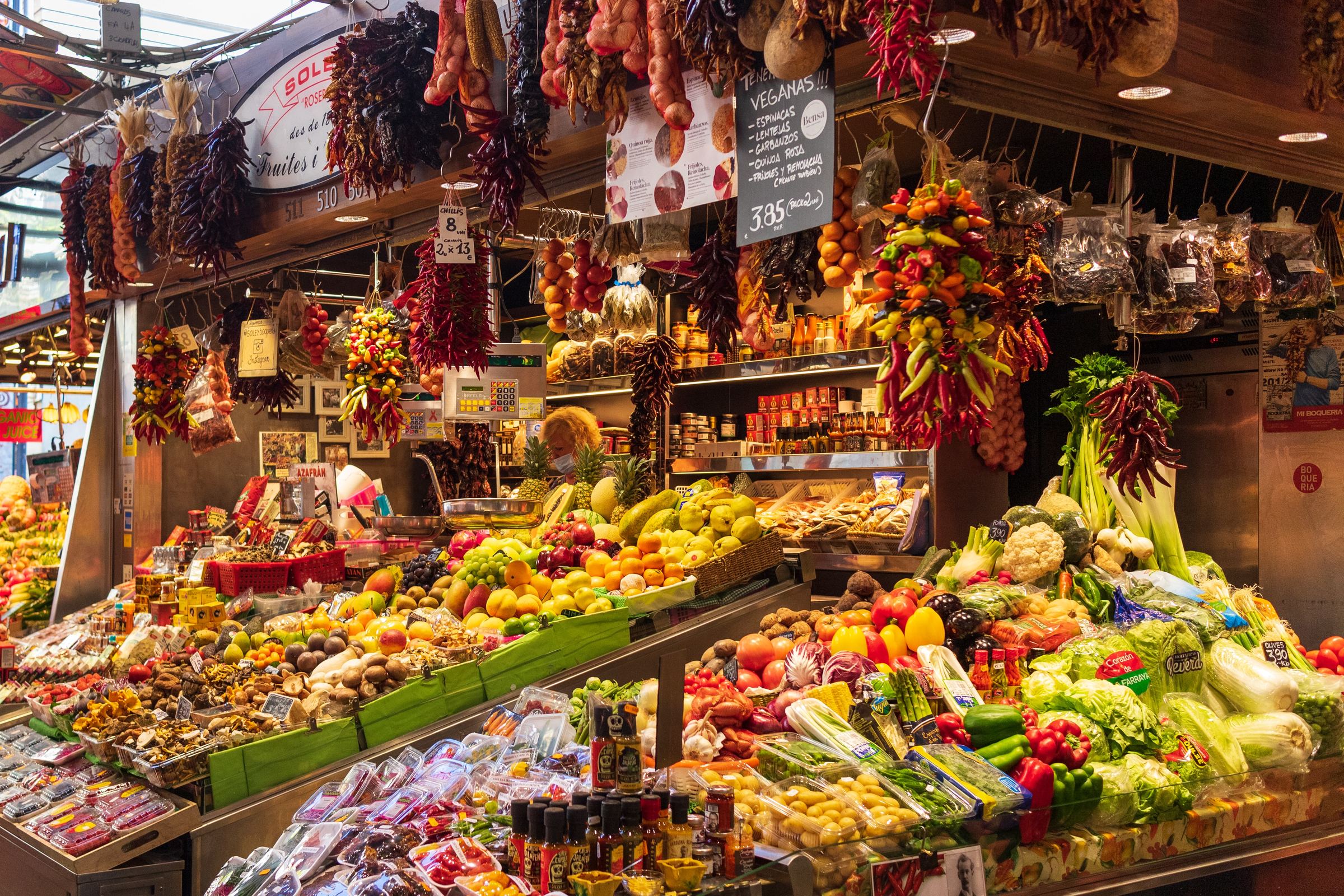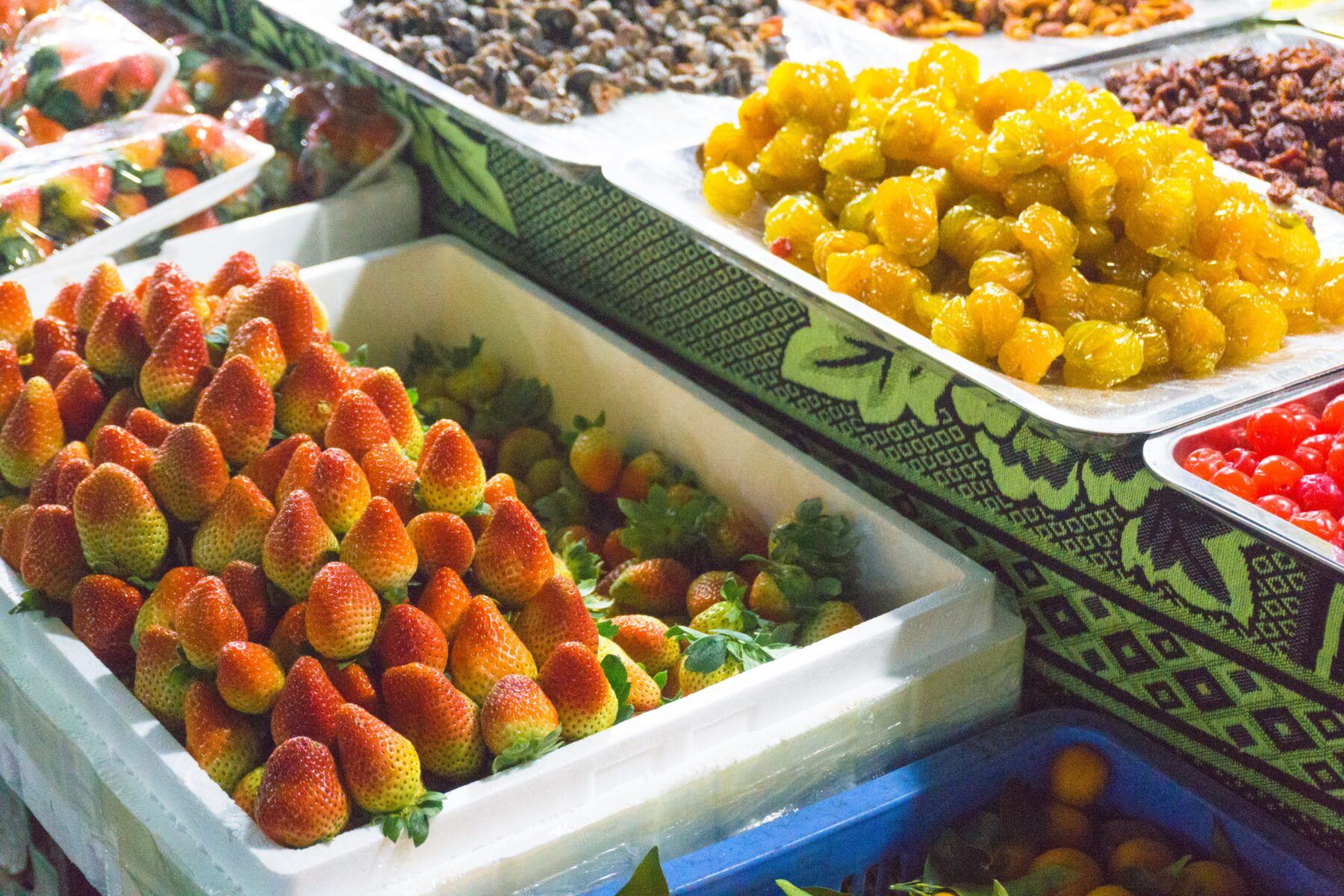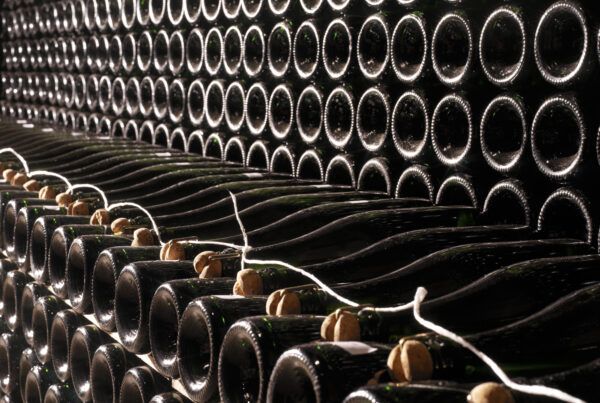When one thinks of Catalonia in Spain, the enchanting city of Barcelona usually comes to mind.
While this capital city certainly has its charms, there is much more to discover in this triangular region in the northeastern Iberian Peninsula. Catalonia boasts an array of picturesque villages nestled in the Pyrenees, 360 miles of stunning Mediterranean coastline, breathtaking seaside towns, fascinating Roman ruins, and awe-inspiring medieval monasteries. The natural parks in the area are equally impressive, offering visitors a glimpse of incredible landscapes and wildlife that are out-of-this-world.

When it comes to cuisine, Catalan dishes are as unique and diverse as the region itself. Catalan cuisine stands apart from the rest of Spain with a delicious blend of Mediterranean flavors and influences from neighboring countries such as Italy and France, as well as the Romans and Moors who once occupied the region.
Some of the most popular dishes, like pa amb tomaquet (toasted bread rubbed with ripe tomato and drizzled with olive oil), date back a thousand years when the region extended into southern France (some villages still speak Catalan). Even with waves of immigrants from Latin America and North Africa bringing new flavors and ingredients, the essence of Catalan cuisine remains unchanged: using high-quality produce cooked to enhance their flavors.
”While Catalans love paella and tortilla de patatas, they prefer unusual combinations, like mixing mar i muntanya (sea and mountain), seafood and meat, or dolç i salat (sweet and savory) in the same pot.
This unique approach to cooking results in incredible dishes such as squid stuffed with ground pork, lobster with chocolate, or meatballs with cuttlefish that can be found on restaurant menus. Fresh vegetables are cooked differently, such as burning their skins to get a smoky flavor or thick sauces.
Charcuterie and seafood are significant parts of the Catalan menu and preserved foods like anchovies are used in most tapas dishes. Seasonality is vital in Catalan cuisine, with locals eagerly anticipating seasonal dishes such as sardines in the summer, colgatada made with calgots (spring onions) in late winter, and cargolada with cargols (snails) in spring.
If you’re a wine enthusiast, Catalan wines are truly exceptional and stand apart from those produced in other regions of Spain. This is because of the unique soil composition in which the grapes are grown, which is challenging for farmers due to high levels of limestone and schist. The resulting wine is full-bodied, high in alcohol, and intensely mineral. The most famous indigenous grape varieties include Garnacha for reds and Xarel-lo for whites. Additionally, Macaleo and Parallada are used in creating Cava, one of the most renowned Catalan wines. Cava is a sparkling wine produced using the same method as French champagne and has a delicate aroma of flowers and berries. You can experience the taste of this incredible wine in Cava bars throughout Catalonia.

Barcelona is the perfect destination if you want to indulge in all the incredible food and wine the region offers. You can try local favorites like Envalira or the more contemporary Mont Bar there. Or Quimet & Quimet, a tiny tapas bar serving mouth-watering dishes for over a century! In addition, numerous conventional bodegas allow you to enjoy Cava, vermouth, and regional tapas. We also highly recommend checking out Cal Marino or Bodega Cala. If you’re seeking innovative cuisine, El Celler de Can Roca is a must-visit spot in Catalonia. It has been considered one of the best restaurants in Europe. (Dining times in Catalonia typically lean towards an earlier dinner compared to the rest of Spain, with most people dining between 9:30 and 10 pm).
Catalans love to celebrate and gather around crowded tables, whether it’s a long lunch or dinner. Join one of our upcoming trips to Catalonia and experience these feasts for yourself.





















